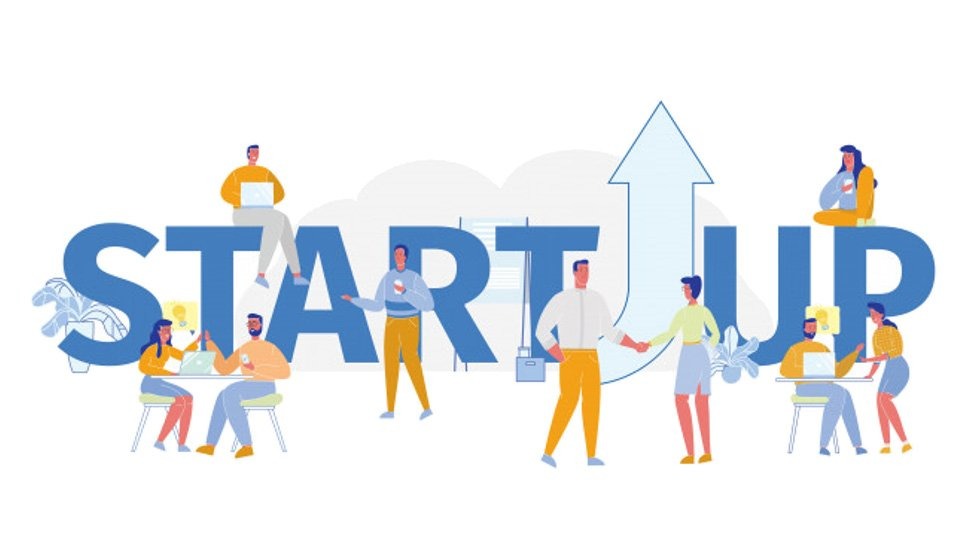Launching a startup is exciting, but let’s be real—most fail because they don’t turn a profit fast enough. Many founders focus on raising funding instead of building a business that actually makes money.
But what if you could design your startup to be profitable from day one? 🚀
This guide will break down the science of profitability, showing you how to structure your startup so that it generates consistent revenue and scales efficiently.
Let’s dive in! 👇
📌 Step 1: Solve a Real, Urgent Problem 🏆
If your startup doesn’t solve a painful problem, customers won’t pay for it. The most profitable startups offer:
✅ A solution that people need NOW (not just “nice to have”)
✅ A product that is better, faster, or cheaper than alternatives
✅ A business model that makes money quickly
🔹 Example:
Uber solved the problem of unreliable taxis, offering faster and more convenient rides—and made money from day one!
💡 Pro Tip: Before launching, ask yourself:
“Would someone pay for my product today?” If not, rethink your idea!
📌 Step 2: Choose a Profitable Business Model 💰
Your business model determines how quickly you generate revenue. The best models for instant profitability include:
1️⃣ Service-Based Model 🛠️
- Offer services that require low upfront investment.
- Charge customers immediately for work done.
- Scale by hiring a team or automating tasks.
✅ Best for: Freelancing, consulting, agencies, coaching.
📌 Example: A marketing agency that gets paid per project.
2️⃣ Subscription Model 💳 (Recurring Revenue)
- Customers pay monthly/annually for ongoing access.
- Creates predictable income.
- Works well for SaaS, memberships, and content platforms.
✅ Best for: SaaS, online courses, software tools.
📌 Example: Netflix, Adobe Creative Cloud.
3️⃣ Digital Products & E-Commerce 📦
- Sell online products with low overhead costs.
- No need for physical inventory (dropshipping, print-on-demand).
- Scalable with the right marketing.
✅ Best for: E-books, templates, online stores, courses.
📌 Example: Shopify stores, Notion templates.
💡 Pro Tip: Combine models for maximum profitability (e.g., a service-based business that also sells digital products).
📌 Step 3: Keep Costs Low & Focus on Profit Margins 📉
Profitability isn’t just about making money—it’s about keeping more of it. Many startups burn cash too fast on unnecessary expenses.
✅ Smart Cost-Cutting Strategies:
✔ Start as a lean business—don’t hire too fast or rent an office too soon.
✔ Use automation & AI to reduce manual work.
✔ Focus on high-margin products (digital > physical).
✔ Outsource non-essential tasks (e.g., virtual assistants).
✔ Avoid big marketing budgets—use organic growth instead.
🔹 Example:
Basecamp (a bootstrapped SaaS company) kept costs low and focused on profit-first growth—they never raised VC funding!
💡 Pro Tip: If a cost doesn’t directly bring in revenue, reconsider spending on it!
📌 Step 4: Get Customers Fast with Low-Cost Marketing 🚀
Without customers, you have no business. The key is to attract paying users without spending too much on ads.
✅ Proven Low-Cost Marketing Tactics:
📌 Organic Social Media – Use TikTok, Instagram, Twitter, LinkedIn.
📌 SEO & Content Marketing – Write blogs, create YouTube videos.
📌 Referral Programs – Get current customers to bring in new ones.
📌 Cold Outreach – Directly contact businesses & offer value.
📌 Strategic Partnerships – Collaborate with influencers & brands.
🔹 Example:
Calendly (a scheduling tool) grew without paid ads—just word of mouth and smart SEO!
💡 Pro Tip: Instead of running ads, create viral content that people naturally share.
📌 Step 5: Charge What You’re Worth 💵
Many startups fail because they undervalue their product. Set your pricing to ensure profitability from day one.
✅ Pricing Strategies for Profitability:
✔ Value-Based Pricing – Charge based on the transformation you offer.
✔ Premium Pricing – Don’t be the cheapest; be the best.
✔ Tiered Pricing – Offer multiple packages for different budgets.
🔹 Example:
Apple charges premium prices, but people pay because they value the brand.
💡 Pro Tip: If customers don’t complain about your prices, you’re probably too cheap!
📌 Step 6: Create Recurring Revenue Streams 💸
One-time sales are not enough—the most profitable startups make money on repeat.
✅ Ways to Build Recurring Revenue:
📌 Subscriptions – Monthly memberships, SaaS products.
📌 Retainer Clients – Offer long-term contracts.
📌 Upsells & Cross-Sells – Sell more to existing customers.
📌 Affiliate Income – Get paid for referrals.
🔹 Example:
Amazon Prime generates billions in recurring revenue through subscriptions!
💡 Pro Tip: Make repeat purchases easy—offer auto-renewals & membership perks.
📌 Step 7: Scale Profitably Without Raising Money 📈
Many startups chase investors too early. Instead, use customer revenue to fund growth.
✅ Smart Scaling Strategies:
✔ Reinvest profits into marketing & better products.
✔ Automate operations to handle more customers.
✔ Expand slowly—don’t grow faster than your profits allow.
🔹 Example:
Zapier bootstrapped for years, using profits to grow without funding.
💡 Pro Tip: If you’re already profitable, investors will come to you with better deals!
🚀 Final Thoughts: Profitability is a Mindset!
Most startups fail because they spend too much before making money. If you focus on early revenue, high margins, and cost control, you’ll be profitable from day one.

